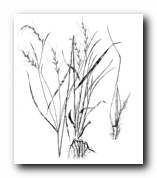
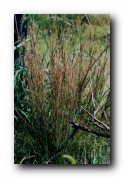
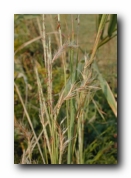
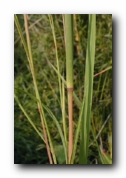
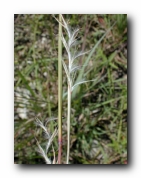
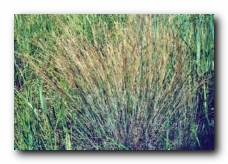
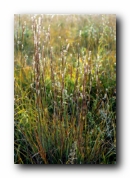
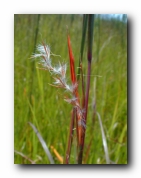
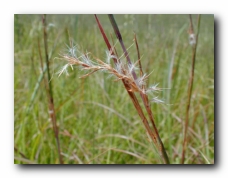
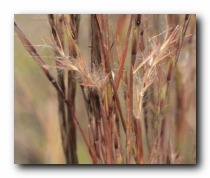
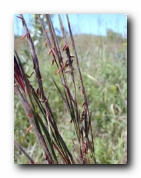
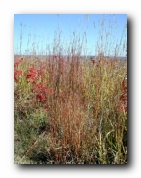
40" Rows: Broadcast:
1.2 pounds pure live seed per acre
3.4 pounds pure live seed per acre
Loam:
Clay:
High
High
High
Habit: Tufted green or glaucous to purple perennial. Culms: Erect, 50-150 cm. tall, slender to robust, flattened, tufted, the upper half freely branching. Blades: 4-6 cm. long, 2-8 mm. wide, usually somewhat rough near the base, otherwise mostly glabrous. Sheaths: Shorter than the internodes, flattened, rough, glabrous to somewhat hairy, at the summit. Sheaths: Shorter than the internodes, flattened, rough, glabrous to somewhat hairy, at the summit. Ligule: Membranous, truncate, about 1 mm. long. Inflorescence: Numerous slender curved spikelike racemes, 2-6 cm. long, solitary on slender peduncles which are wholly or partly included in the sheaths, the rachis slender, flexuous, pilose (sometimes copiously so), usually with 4-8 joints, the internodes tapering to the base, the apex obliquely cupshaped, bearing at each a pair of spikelets, the one sessile and perfect, the other pedicellate, staminate or rudimentary, the rachis internodes and pedicels ciliate with hairs 1-3 mm. long. Spikelets: Sessile spikelet 6-8 mm. long, somewhat longer than the pedicel and rachis-joints, scabrous, the twisted bent awn 8-15 mm. long. Pedicellate spikelet reduced to a single glume, usually 2-3 mm. long, short-awned, spreading, the pedicel pilose. Glumes: Of fertile (sessile) spikelet subequal, acuminate, the first dorsally flattened, with a strong nerve near each margin, the midnerve faint; second thinner, keeled above, scabrous on the keel, ciliate on margin. Sterile lemma: Nearly as long as the glumes, acuminate. Fertile lemma: Entire or 2-toothed at the apex, shorter than the sterile lemma, with a twisted awn, 8-15 mm. long, bent about 3 mm. from the base. Habitat: Prairies, plains, open woods, sand hills. July-September. Use: Although not the most palatable of grasses, nevertheless of very great forage value on the mixed prairie-plains of Kansas, and as hay. Synonyms: Schizachyrium scoparium (Michx.) Nash var. scoparium Andropogon praematurus Fern. Andropogon scoparius Michx. var. ducis Fern. & Grisc. Andropogon scoparius Michx. var. frequens F.T. Hubbard Andropogon scoparius Michx. var. neomexicanus (Nash) A.S. Hitchc. Andropogon scoparius Michx. var. polycladus Scribn. & Ball Andropogon scoparius Michx. var. septentrionalis Fern. & Grisc.
Special Notes: